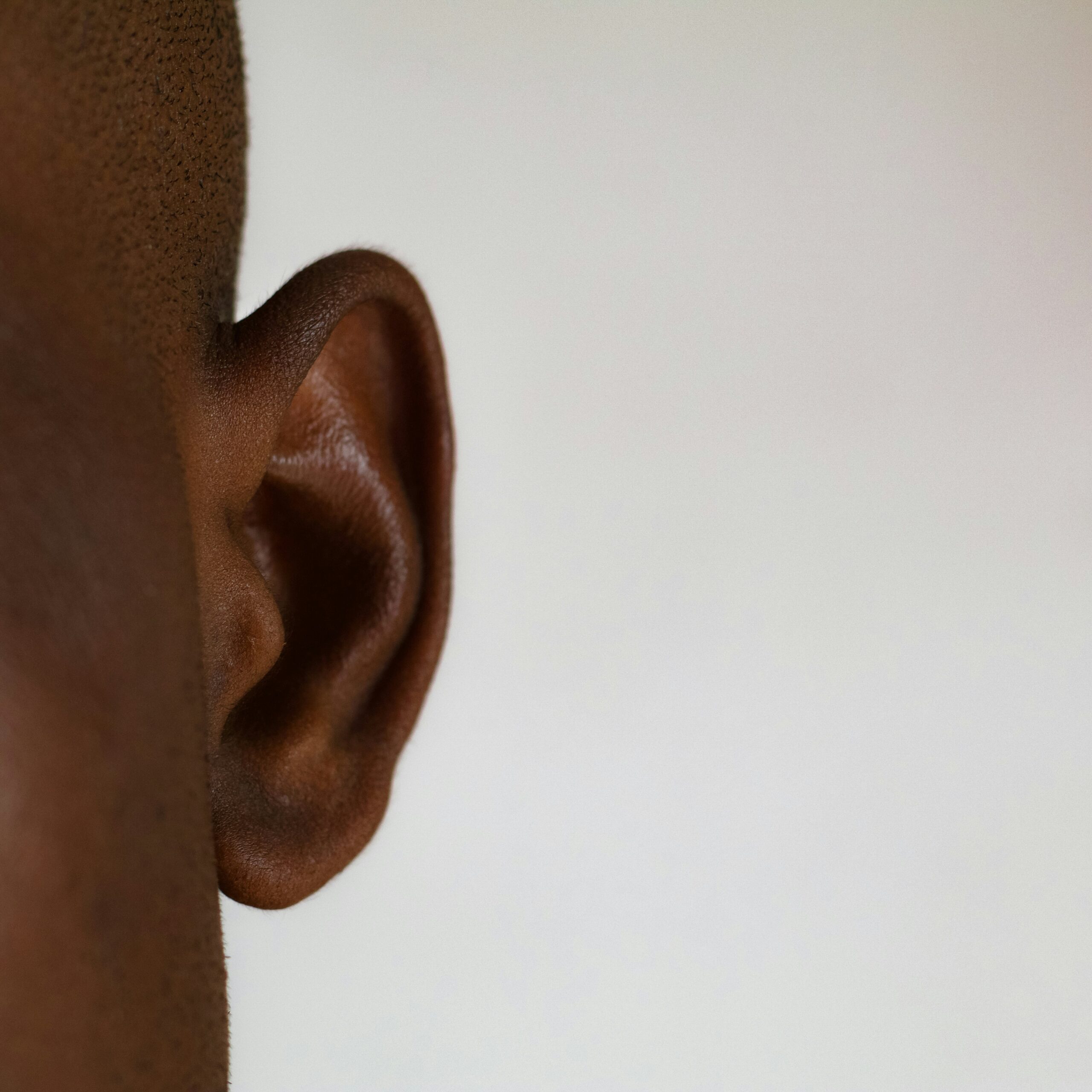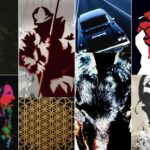
Harvard Scientists Say They’ve Identified a New Way to Measure Tinnitus
Researchers at Mass Eye and Ear used facial response and pupil data to predict tinnitus severity, offering a potential diagnostic breakthrough.
A group of Harvard scientists have claimed they may have found one of the first objective ways to measure tinnitus, a condition that affects millions worldwide and is especially common among people exposed to loud music.
The study was published in Harvard Health Letter and led by Dr. Daniel Polley at Mass Eye and Ear, a Harvard teaching hospital.
“We wanted to think about other brain regions that get input from sound, and turned to the ones that regulate stress,” Polley said.
Tinnitus, a chronic ear condition for which there is currently no cure, affects more than 740 million adults globally, according to the National Library of Medicine. Of those, about 120 million have severe tinnitus.
Researchers worked with about 100 adults aged between 19 and 60, roughly half of whom reported either chronic tinnitus or sensitivity to sound, while the rest showed no symptoms. Participants were filmed as they listened to a series of audio clips. Some of the sounds were neutral while others were pleasant or deliberately unpleasant.
Those without tinnitus only reacted physically to the harshest clips while those with tinnitus or hyperacusis exhibited similar physical responses across the board, including “blunted” facial movement and consistent pupil dilation across all sound types.
According to Polley, those responses may point to an overactive stress response in the brain. “Their sympathetic nervous systems were always in overdrive,” he noted. “Even harmless sounds were treated as possible threats.”
Using those visual cues, the team then trained a computer model to predict the severity of each participant’s symptoms with a high degree of accuracy. The goal, according to Polley, is to make the method available through a simple video-based tool that avoids the need for expensive or invasive testing.
“One thing I really like is that the biomarkers can be detected without incredibly expensive or invasive tests,” he said. “Ultimately we want to develop an open-access video-based platform, so other groups can use these measurements.”
The research follows a separate study from Mass Eye and Ear in which scientists claimed to have developed a groundbreaking solution to hearing loss by regenerating inner ear hair cells. That process is directly tied to tinnitus, which remains prevalent in the electronic dance music community. A recent study published in The Laryngoscope, the leading medical journal for advances in the diagnosis and treatment of head and neck disorders, found that EDM fans reported high rates of post-event tinnitus and trouble hearing others due to prolonged exposure.
While current treatment options remain limited, the hospital’s researchers say having a consistent way to measure tinnitus symptoms could improve how the condition is studied, tracked and eventually treated. You can read more via Harvard Health Publishing.








